Understanding the relationship between angular and linear velocity is fundamental in physics and engineering. Many real-world scenarios, from rotating wheels to orbiting planets, involve these concepts. A well-designed worksheet can be an invaluable tool for students to grasp the link between these two types of motion. This post will highlight the importance of using an Angular and Linear Velocity worksheet, and provide an example along with its solutions, broken down for clarity.
The Importance of Angular and Linear Velocity Worksheets
Angular and linear velocity worksheets are beneficial for several reasons:
- Reinforcement of Concepts: Worksheets provide repeated practice, solidifying the understanding of formulas and principles relating angular and linear velocity.
- Problem-Solving Skills: They encourage students to apply theoretical knowledge to practical problems, developing critical thinking and problem-solving skills.
- Identification of Knowledge Gaps: By attempting various problems, students and instructors can identify areas where further clarification or instruction is needed.
- Preparation for Higher-Level Concepts: Mastery of angular and linear velocity is essential for understanding more complex topics like rotational kinetic energy, torque, and angular momentum.
- Real-World Applications: Many problems can be designed to reflect real-world situations, helping students see the relevance of the concepts.
Effective worksheets should include a variety of problem types, ranging from simple calculations to more challenging scenarios requiring multiple steps and concept integration. Clear instructions and well-defined variables are crucial for student comprehension.
Example Angular and Linear Velocity Worksheet Problem and Solutions
Let’s consider a sample problem and its detailed solution. This example can be used as a template for creating or evaluating an existing worksheet. The problem focuses on a common scenario: a rotating wheel.
Problem: The Rotating Wheel
A wheel with a radius of 0.5 meters is rotating at a constant angular velocity of 12 radians per second. Calculate the following:
- What is the linear velocity of a point on the rim of the wheel?
- If the wheel completes 5 full rotations, what distance does a point on the rim travel?
- If the wheel’s angular velocity increases uniformly from 12 rad/s to 20 rad/s in 4 seconds, what is the angular acceleration of the wheel?
Solutions:
- Linear Velocity:
- Distance Traveled After 5 Rotations:
- Angular Acceleration:
The relationship between linear velocity (v) and angular velocity (ω) is given by: v = rω, where r is the radius of the circle.
Given: r = 0.5 m, ω = 12 rad/s
v = (0.5 m) * (12 rad/s) = 6 m/s
Therefore, the linear velocity of a point on the rim is 6 m/s.
First, calculate the circumference (C) of the wheel: C = 2πr
C = 2 * π * (0.5 m) ≈ 3.14 m
The distance traveled in 5 rotations is 5 times the circumference:
Distance = 5 * C = 5 * 3.14 m ≈ 15.7 m
Therefore, a point on the rim travels approximately 15.7 meters after 5 full rotations.
Angular acceleration (α) is the rate of change of angular velocity. It is calculated as: α = (ωf – ωi) / t, where ωf is the final angular velocity, ωi is the initial angular velocity, and t is the time interval.
Given: ωi = 12 rad/s, ωf = 20 rad/s, t = 4 s
α = (20 rad/s – 12 rad/s) / 4 s = 8 rad/s / 4 s = 2 rad/s2
Therefore, the angular acceleration of the wheel is 2 rad/s2.
HTML List of Solutions
Here’s the HTML list containing the answers for easy copy-pasting or inclusion in a digital worksheet:
- 1. Linear Velocity: 6 m/s
- 2. Distance Traveled After 5 Rotations: Approximately 15.7 m
- 3. Angular Acceleration: 2 rad/s2
This example illustrates the type of problem commonly found on Angular and Linear Velocity worksheets. The solutions are broken down step-by-step to aid in understanding. By using similar problems and providing clear solutions, educators can create effective learning tools that promote student success.
If you are searching about Angular 14 version released you’ve visit to the right web. We have 20 Pictures about Angular 14 version released like SEO Guide to Angular: Everything You Need to Know, Angular (framework) – EcuRed and also Auth Guard | Stackademic. Read more:
Angular 14 Version Released

www.angularjswiki.com
¿Qué Es Angular? | EDteam

ed.team
Versioning And Releases • Angular
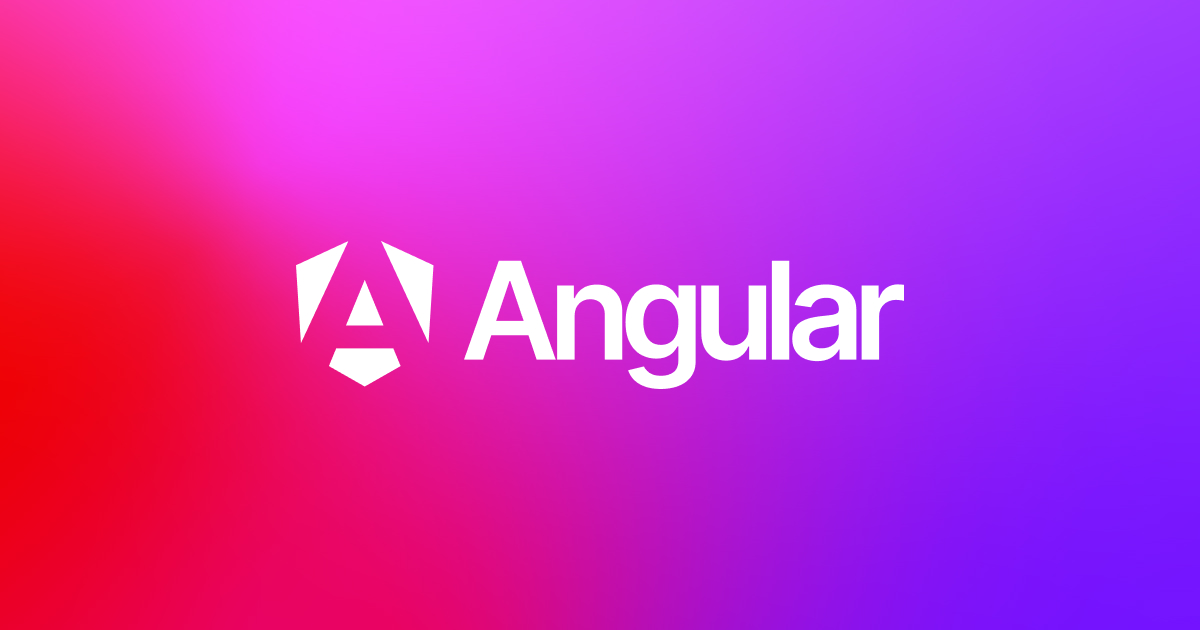
angular.dev
Angular – 维基百科,自由的百科全书

zh.wikipedia.org
Why AngularJS Is The Preferred Framework For Web Application Development?

www.w3villa.com
Angular JS Full Logo Transparent PNG – StickPNG

stickpng.com
Angular 15 Has Been Released: What’s New In It?
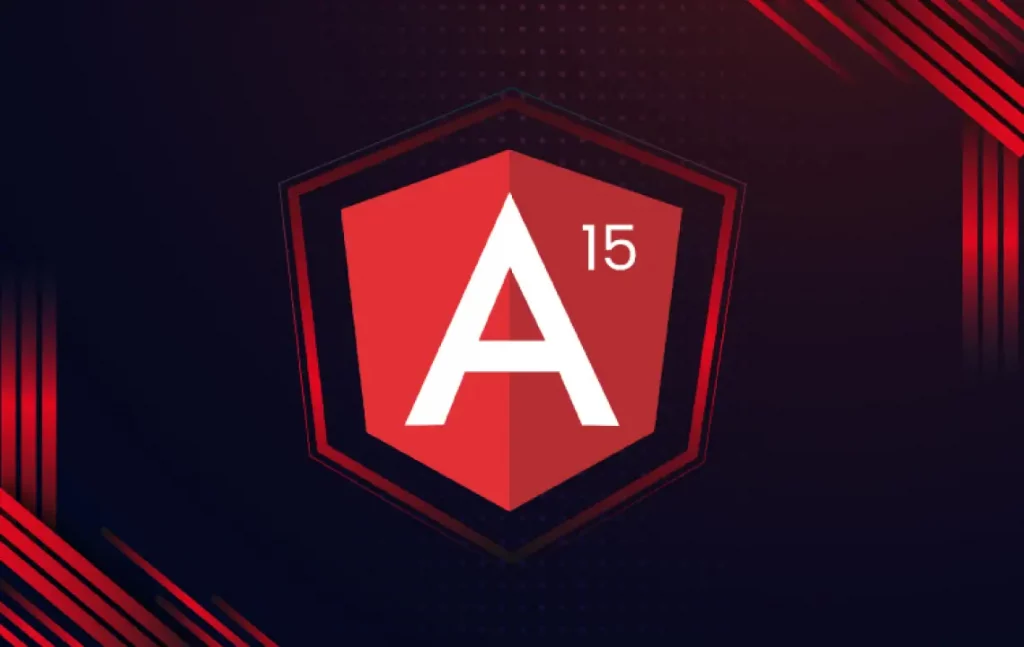
www.mindinventory.com
Angular (framework) – EcuRed
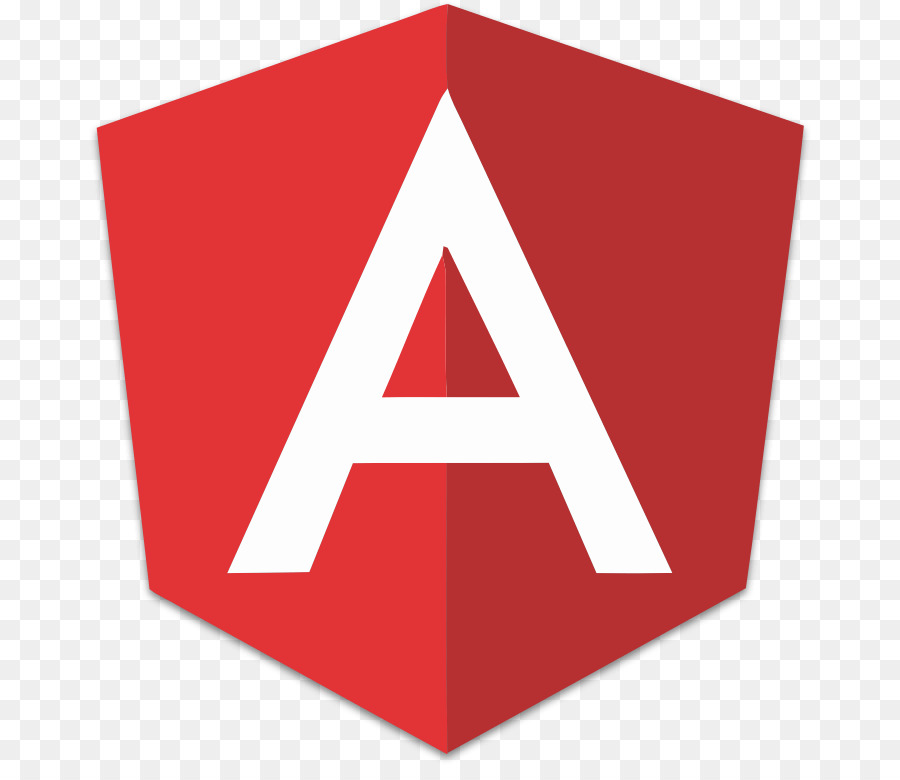
www.ecured.cu
Top AngularJS Framework For Your Next Web Development Project – Uplers
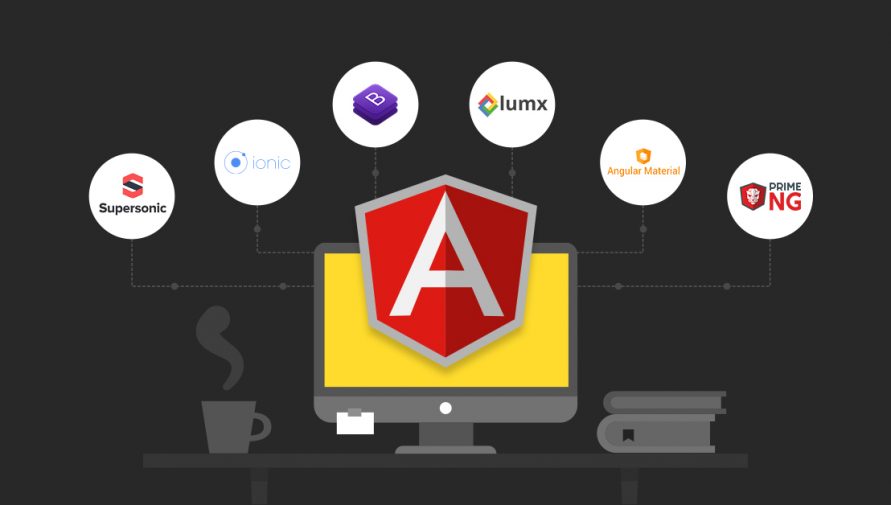
www.uplers.com
Auth Guard | Stackademic
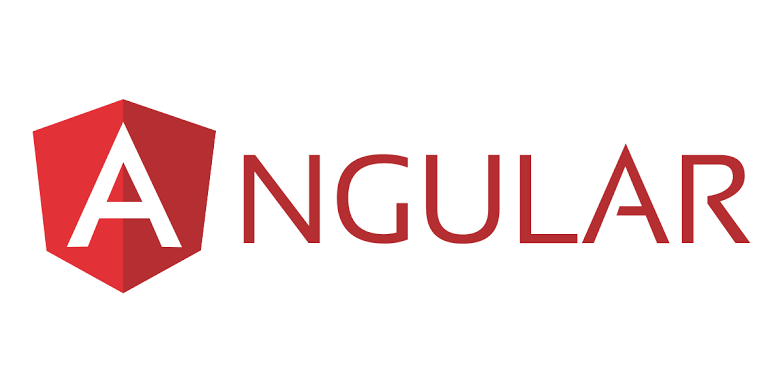
blog.stackademic.com
SEO Guide To Angular: Everything You Need To Know
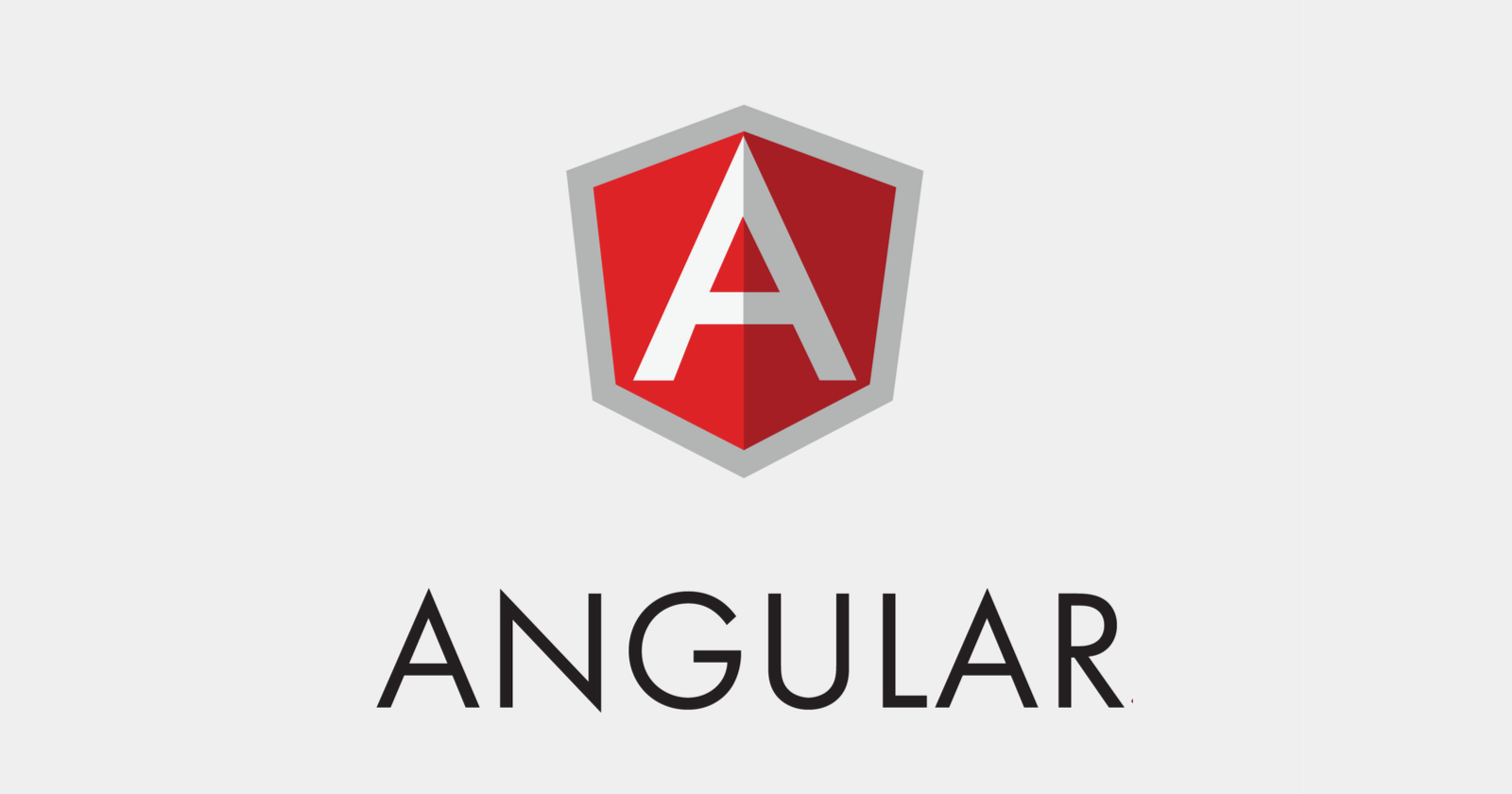
www.searchenginejournal.com
File:Angular Gradient.png – Wikimedia Commons

commons.wikimedia.org
Top Angular Frameworks For Web App Development – SolGuruz

solguruz.com
7 Most Suitable AngularJS Frameworks For Building Web Apps
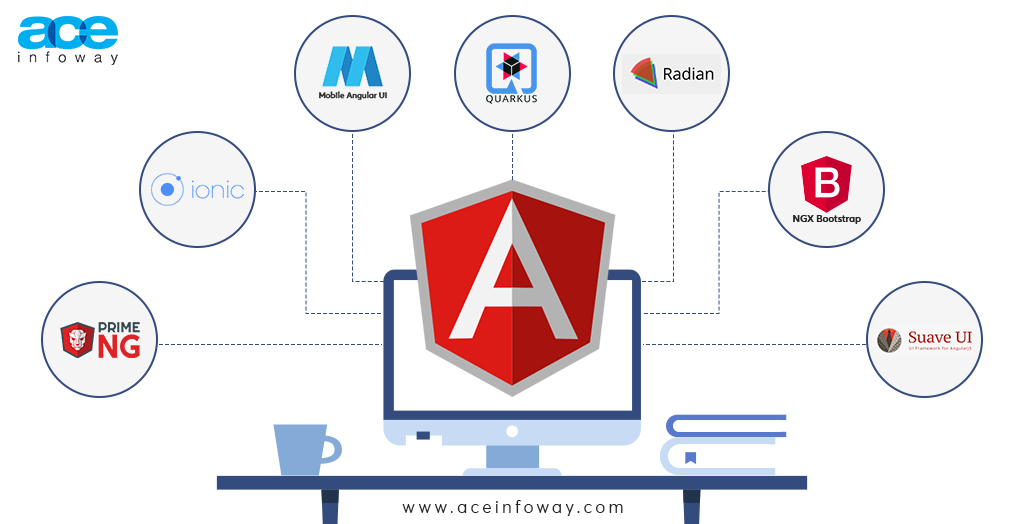
www.aceinfoway.com
Angular A Trending Framework For Mobile And Web Development
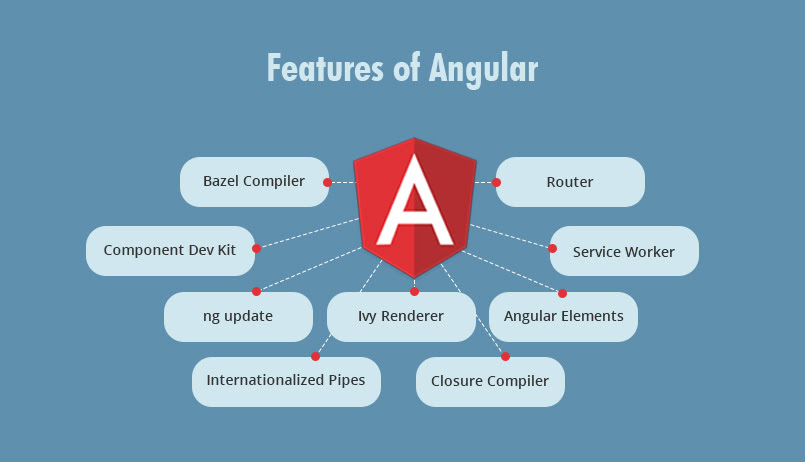
zonvoir.com
Top Angular Js Framework For Web Development In 2023 – Devstringx

www.devstringx.com
Which Technology Is Best For Website Development?

www.hostitsmart.com
Angular – ProvinceSoft Inc.
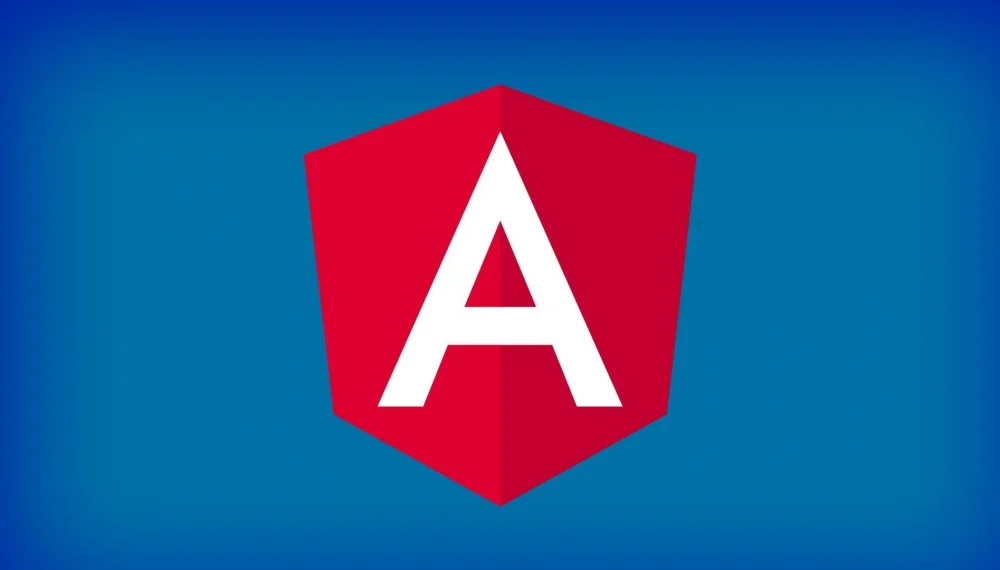
www.provincesoft.com
Angular Para ERP
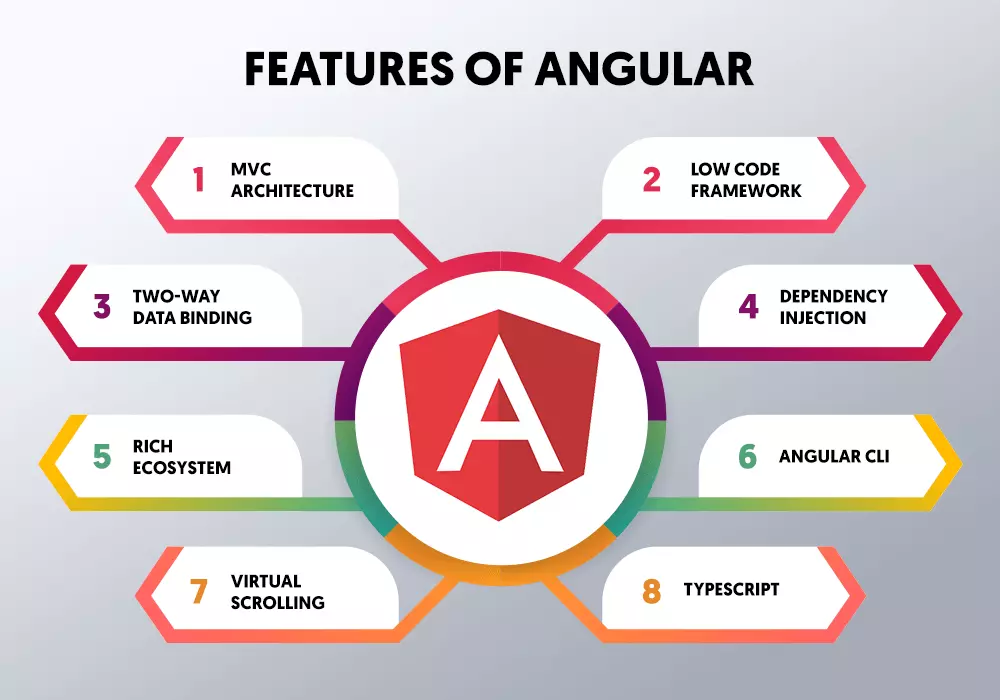
www.precognis.com
GitHub – FlameRender/legendary-octo-journey: Oscar Papa Dev Project
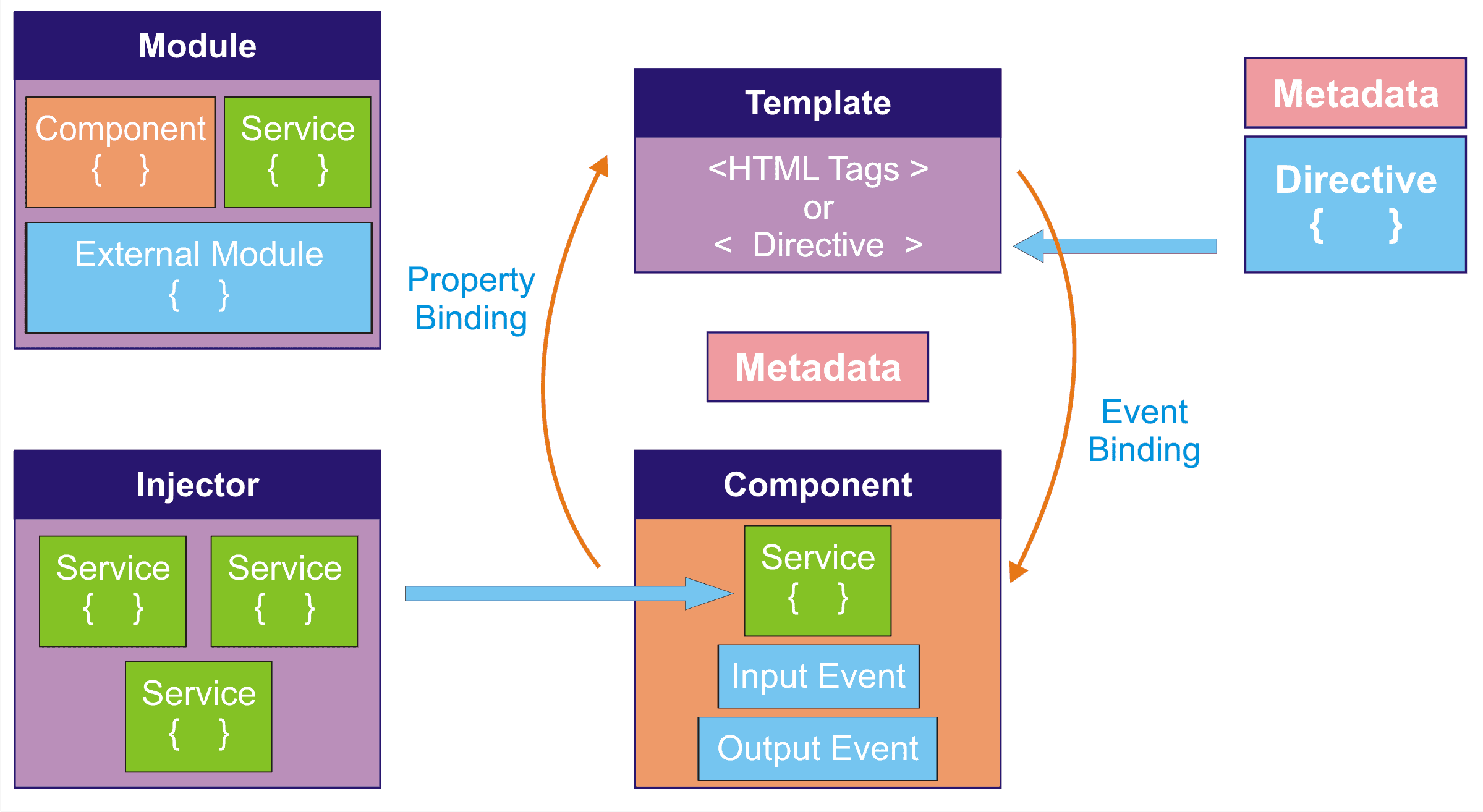
github.com
Why angularjs is the preferred framework for web application development?. angular a trending framework for mobile and web development. Versioning and releases • angular